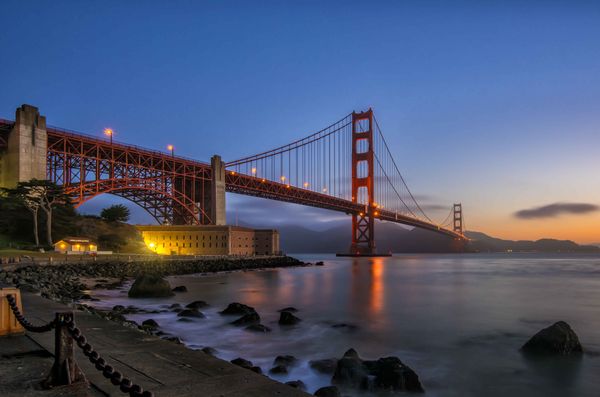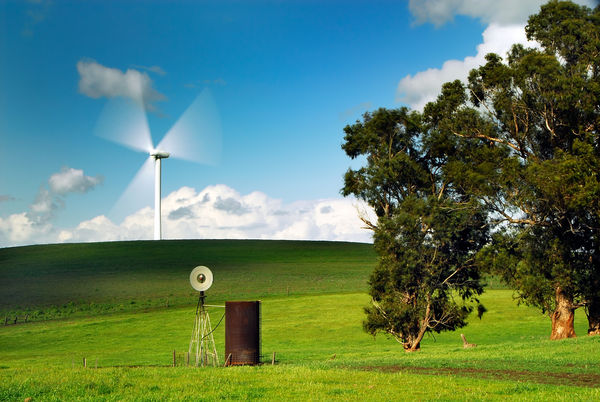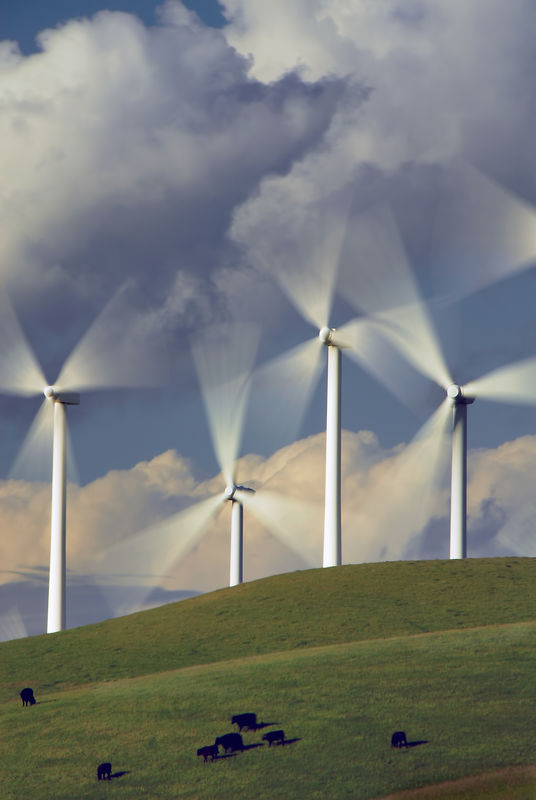ND filter help
Aug 22, 2014 15:34:33 #
romanticf16
Loc: Commerce Twp, MI
Another option if you are using a tripod mounted camera is to go to a welding supply and buy pieces of welders glass- the dark tinted glass used in welding helmets. It is available in different density tints. Fabricate a mount to hold it in front of your lens. or hold a rectangular piece against the lens during the exposure. Way less expensive if this is an occasional project.
Aug 22, 2014 16:37:32 #
RichieC
Loc: Adirondacks
lighthouse wrote:
His problem was the "Maltese Cross".
He bought an item that was advertised as 2-8 stops and it was unusable above 6 stops.
Peter likes long exposures, and he had paid $500 for an item that didn't meet its advertising.
He bought an item that was advertised as 2-8 stops and it was unusable above 6 stops.
Peter likes long exposures, and he had paid $500 for an item that didn't meet its advertising.
AS I understand it, the cross is because the variable filter is made of two stacked polarizers, you turn the outer one over the inner which remains fixed.. Read how a polarizer is made and it will make more sense why the cross forms, ( if you don;t already know of course) but basically, at some point, they become too severe and you get a sort of morié pattern which looks like a cross. I have heard if you avoid this extreme point, they work fine. But they are pricy!
For me a ND .6 and a ND 2.7 ( just about black) seem to just about cover what I need. The .6 barely having a desired effect... the 2.7 making your waterfalls silky, but amazingly, at how dark it appears, even then not having as much effect as you might guess by looking at it. ... between just these two, I am generally pleased and seems to cover what I need.
I think investing in a Lee type square system would be a sound strategy in the long haul rather then invest in any more screw on types... too limiting and a PIA switching them with adapters etc. as I bought them large and use adapters for smaller lens trying to economize as much as possible.
Aug 22, 2014 18:02:20 #
lighthouse
Loc: No Fixed Abode
kpassaur wrote:
I think first you need to ask some questions first... (show quote)
For a start, you don't buy them to use with only one lens. (unless you only have one and only ever will have one)
You buy adapter rings with them so you can use them with all your lenses.
And the pricing thing is irrelevant.
You buy them to do a job and produce an image and control light.
Whether you are putting them over a $200 lens or a $3000 lens has nothing to do with it.
By the way, there are some very good $200 lenses out there.
Aug 22, 2014 18:14:18 #
romanticf16 wrote:
Another option if you are using a tripod mounted camera is to go to a welding supply and buy pieces of welders glass- the dark tinted glass used in welding helmets. It is available in different density tints. Fabricate a mount to hold it in front of your lens. or hold a rectangular piece against the lens during the exposure. Way less expensive if this is an occasional project.
If it doesn't fit don't force it. Get a bigger hammer. :oops:
just saying. :lol:
Aug 22, 2014 19:57:12 #
Mark7829
Loc: Calfornia
zigipha wrote:
I had the cross on my sony camera, but seemed to v... (show quote)
The Lee 10-Stopper is exceptional. it is made of glass. Unlike the others which are a plastic or a resin which will scratch. The Lee clips on and off the lens. This allows the least amount of impact to you set up as compared with screw types which can move your focal length.
For best results - shoot in manual mode, low ISO and small aperture. And be ready to use "bulb" mode w/cable release for shots over 30 seconds. If you have a ND filter and don't use it or are not getting amazing results, you are doing something wrong. Long exposure photography is very exciting. I liken it to magic. It captures light over time and gives you something you would never see.
One of the coolest things about long exposure photography is that you don't need a fast camera or a fast lens. You can go with a older dslr and kit lens and get incredible results. Here is a shot of the golden gate a couple of weeks ago at about 6 AM.

Aug 22, 2014 21:24:25 #
wsherman wrote:
B+W filters are great quality. A circular variable ND filter is fine to enable you to shoot at slower speeds. Graduated ND filters are fine but remember this can be achieved in PP and works great. If you're looking to get a longer exposure a circular variable ND is the way to go.
Not sure how you could achieve this effect in PP...?
Nikon D200, 18-200, ISO100, F/22, S/.6, Tiffen ND .9 stacked on CP, tripod.

Aug 22, 2014 22:13:19 #
WillieO wrote:
Not sure how you could achieve this effect in PP...?
Nikon D200, 18-200, ISO100, F/22, S/.6, Tiffen ND .9 stacked on CP, tripod.
Nikon D200, 18-200, ISO100, F/22, S/.6, Tiffen ND .9 stacked on CP, tripod.
I'm pretty sure he means a graduated ND filter effect in PP which is possible. I would however disagree with saying a variable ND is the best way to go for longer exposure
Aug 23, 2014 02:10:33 #
WillieO wrote:
Not sure how you could achieve this effect in PP...?
Nikon D200, 18-200, ISO100, F/22, S/.6, Tiffen ND .9 stacked on CP, tripod.
Nikon D200, 18-200, ISO100, F/22, S/.6, Tiffen ND .9 stacked on CP, tripod.
Thanks your picture puts a few things in perspective.
May I ask, what was the shutter speed? Those fans turn rather slow but you show movement like they are really moving.
Aug 23, 2014 11:49:05 #
rvenneman wrote:
I tried to take some long exposures of a dam to se... (show quote)
Tiffen is fine. It has a reputation as a middle-level quality product. Used to be the top of the filter world, but some of the new brands that cost >$100 occupy that strata.
Tiffen, Hoya, and Kenko are comparable.
I carry a variable with me. There are downsides with the variable, but I went for the convenience.
Aug 23, 2014 11:53:08 #
f8lee wrote:
br br Finally, one possible downside of the vari... (show quote)
This is one of the issues I meant. I have it on both my DSLR and on my A6000. It happens just at certain positions. Just have to adjust it a little and change other parameters to compensate. But it is an annoyance.
Aug 23, 2014 11:53:24 #
rvenneman wrote:
I tried to take some long exposures of a dam to se... (show quote)
While a bit more expensive, a variable ND is probably the most useful.
Aug 23, 2014 19:50:49 #
smith934 wrote:
I'm pretty sure he means a graduated ND filter effect in PP which is possible. I would however disagree with saying a variable ND is the best way to go for longer exposure
You're right...I stand corrected...thank you! :D
Aug 23, 2014 19:57:11 #
Jackinthebox wrote:
Thanks your picture puts a few things in perspective.
May I ask, what was the shutter speed? Those fans turn rather slow but you show movement like they are really moving.
May I ask, what was the shutter speed? Those fans turn rather slow but you show movement like they are really moving.
Actually, it was blowing so hard, I had to stand next to my tripod to help block the wind... shutter speed was 1/30...any slower and the blades disappeared...any faster and I couldn't achieve the "fan" effect. If you notice, the small "old style" windmill's blades are one complete circle...it was really humming!!
Aug 23, 2014 20:53:56 #
WillieO wrote:
You're right...I stand corrected...thank you! :D
Not sure I understand a variable ND isn't good for slow shutter speeds.
Aug 23, 2014 21:14:36 #
phlash46 wrote:
Not sure I understand a variable ND isn't good for slow shutter speeds.
I'm sure it will...my response related to "fixed" ND filters and the ability to "create the same effect in PP". Still not sure how one could create my sample image in PP...regardless of the type of ND filter used. I've never used a VARIABLE ND filter.
Here's another example...

If you want to reply, then register here. Registration is free and your account is created instantly, so you can post right away.


